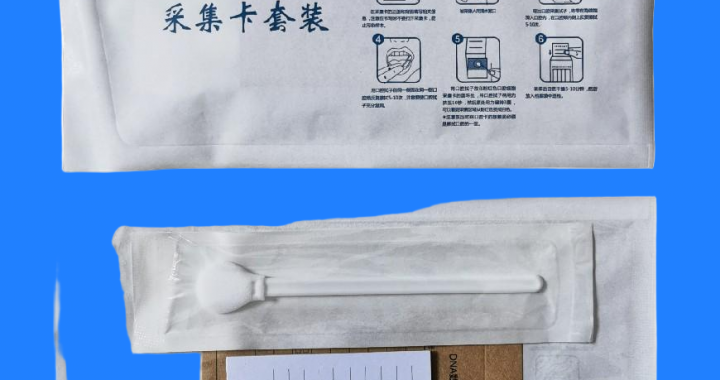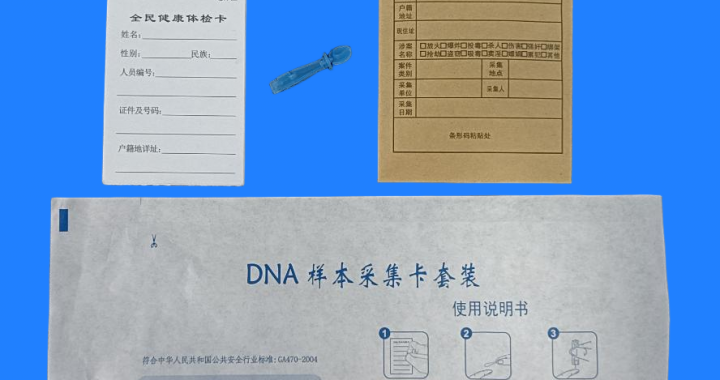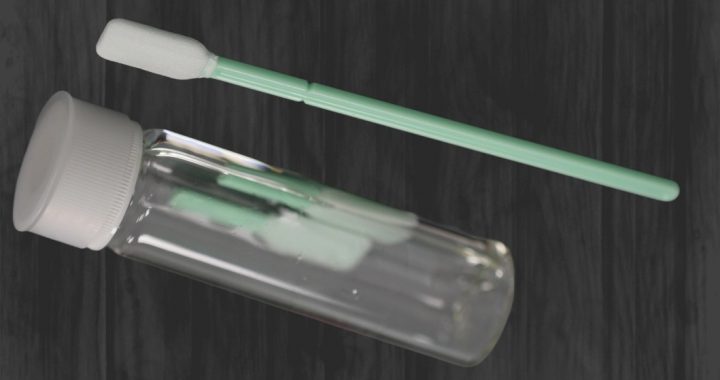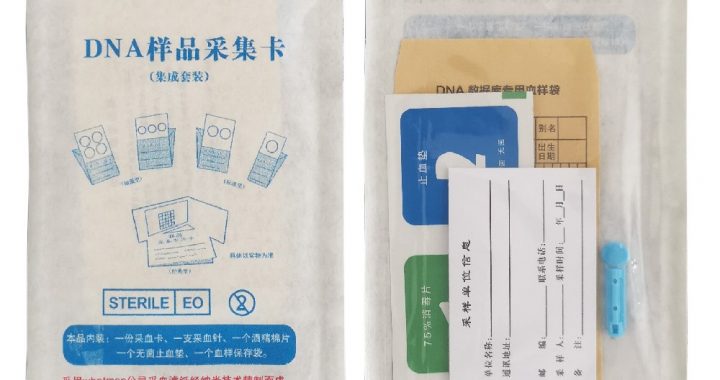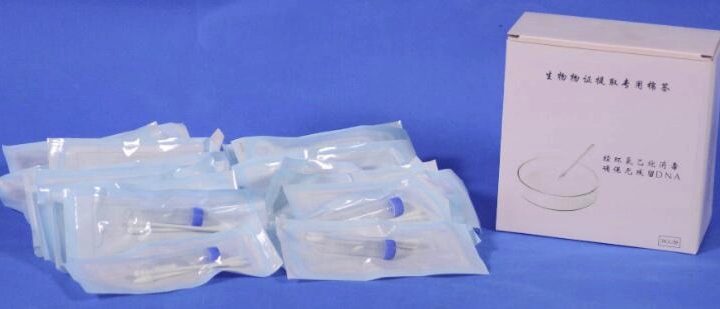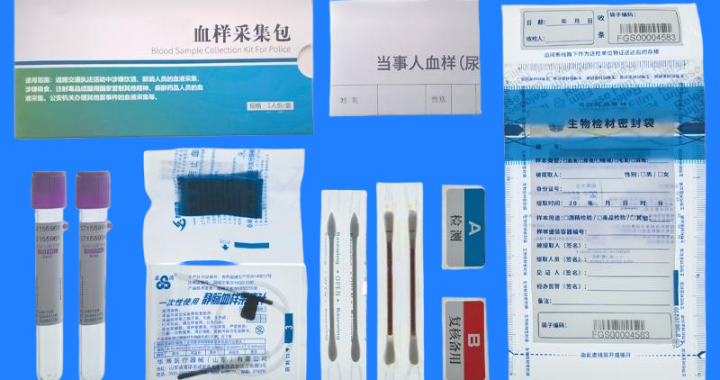Forensic field sampling tools are vital for collecting high-quality evidence at crime scenes. Full workflow guidelines ensure that all necessary steps are followed, from initial collection to final storage. These tools include swabs, blood collection tubes, and evidence bags, each designed for specific sample types, such as blood, saliva, or touch DNA. The workflow involves preparing the scene, properly labeling samples, preventing contamination, and ensuring proper storage. These guidelines help preserve sample integrity, maintain the chain of custody, and ensure that collected evidence is usable in legal proceedings. Proper usage and documentation are essential for accurate forensic analysis.
Key Features:
-
Detailed workflow for proper evidence collection
-
Specialized tools for various sample types
-
Prevents contamination and ensures chain of custody
-
Supports forensic analysis and legal use
Application Scope:
-
Crime scene investigations
-
Cold-case evidence collection
-
Forensic DNA analysis
-
Legal and criminal justice proceedings
